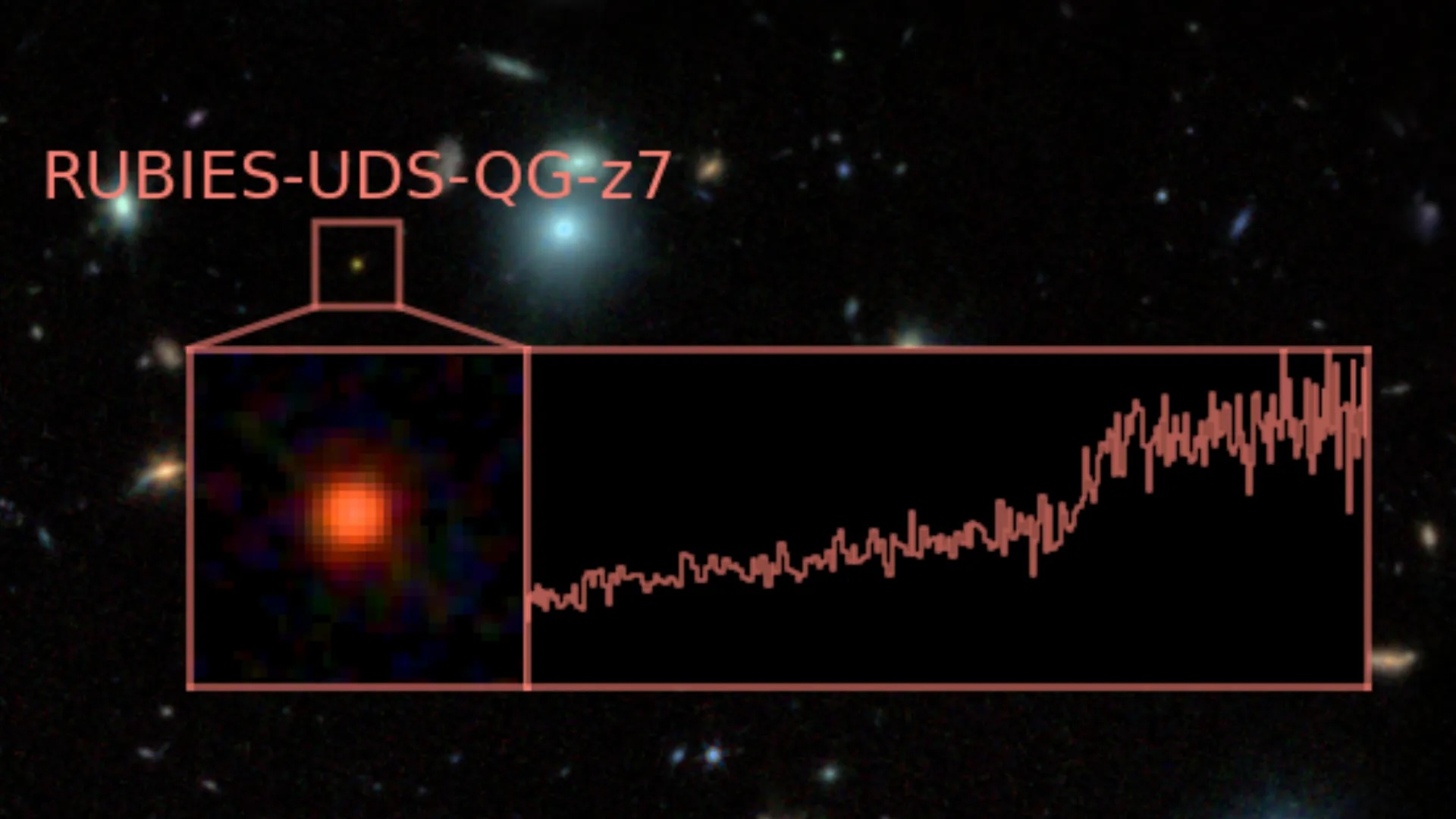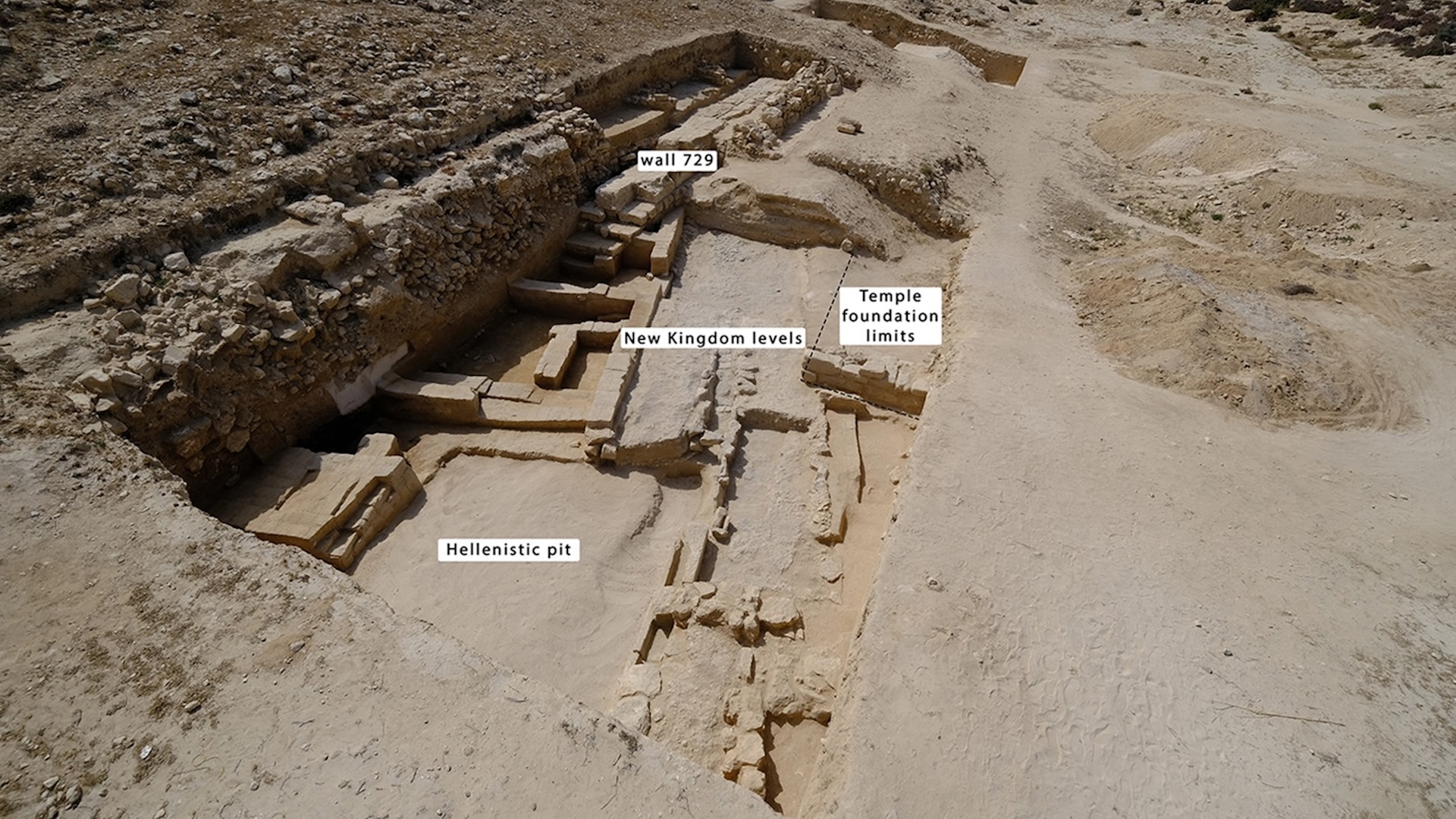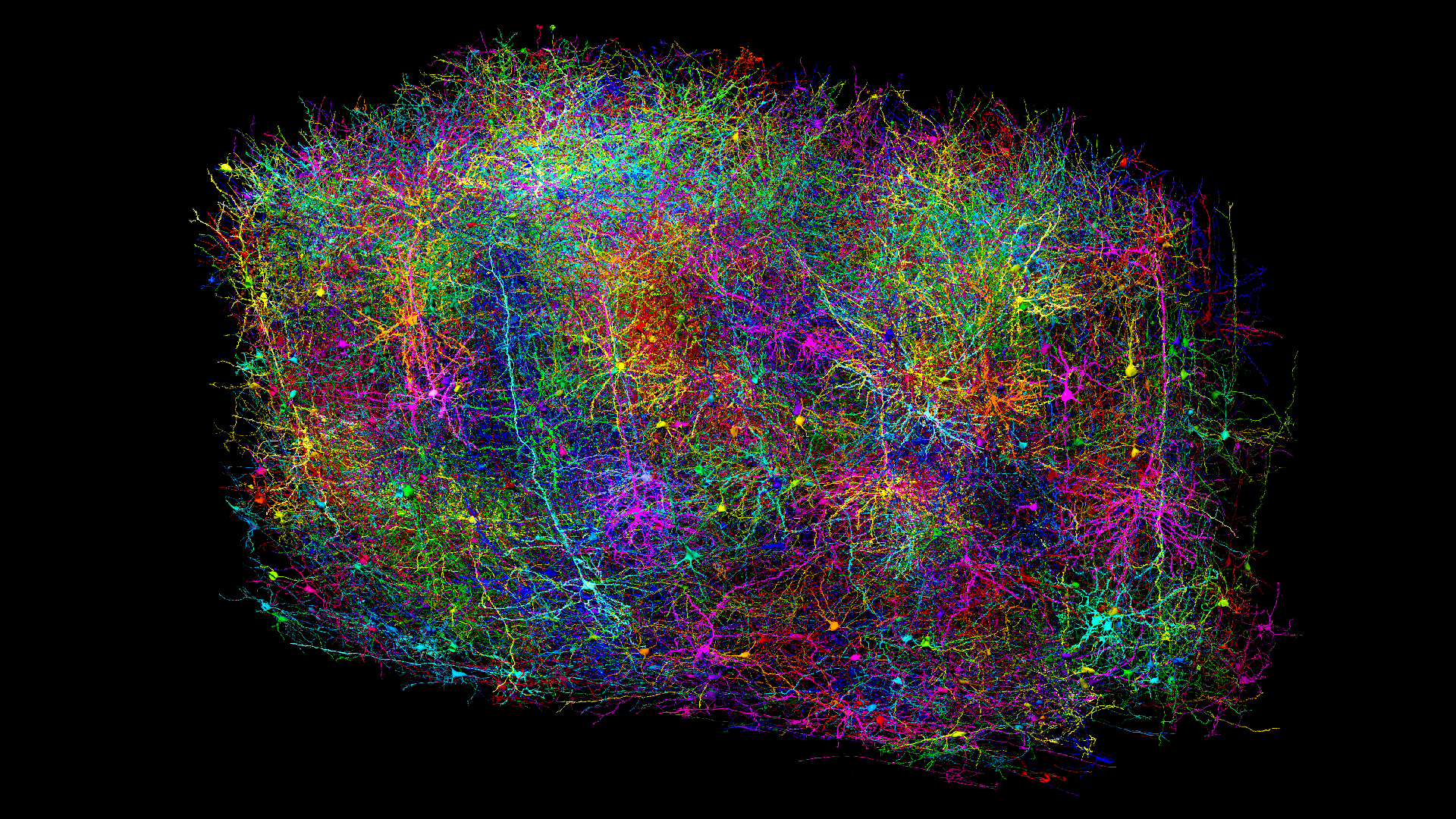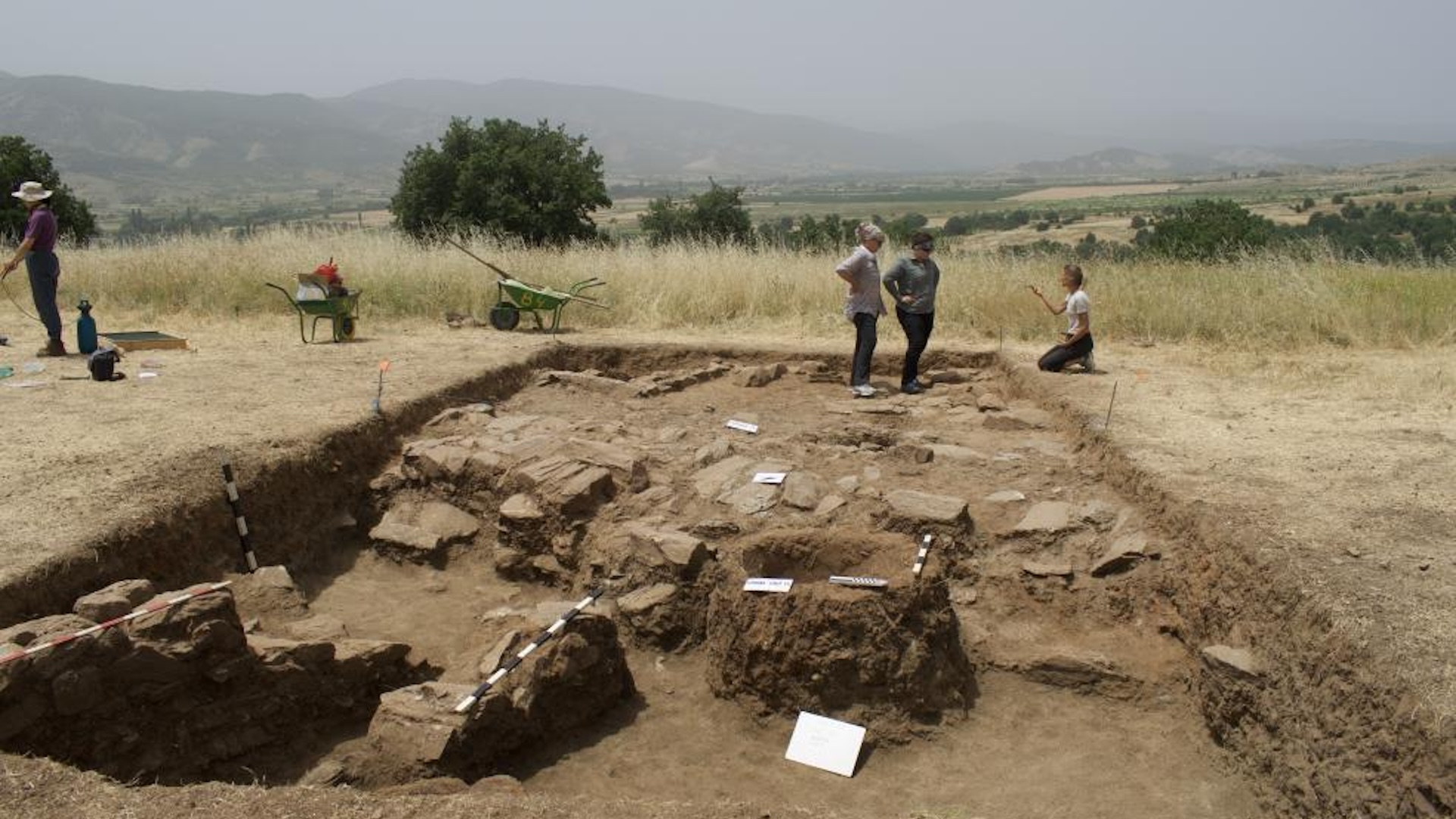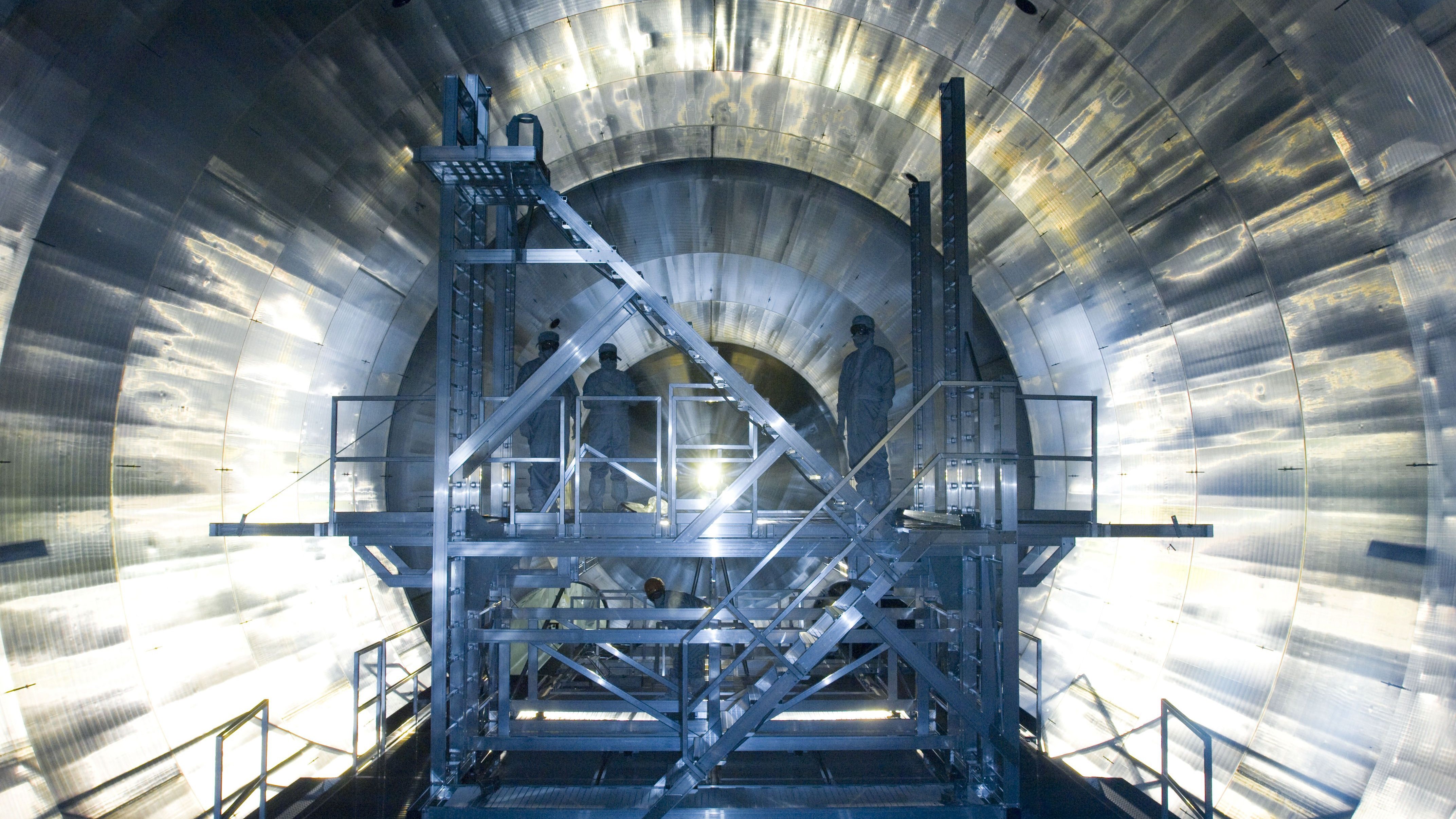Mysterious Antikythera Mechanism may have jammed constantly, like a modern printer. Was it just a janky toy?
The mysterious Antikythera Mechanism is 2,000 years old and has long puzzled scientists. New research into its triangle-shaped teeth may finally reveal its intended purpose.
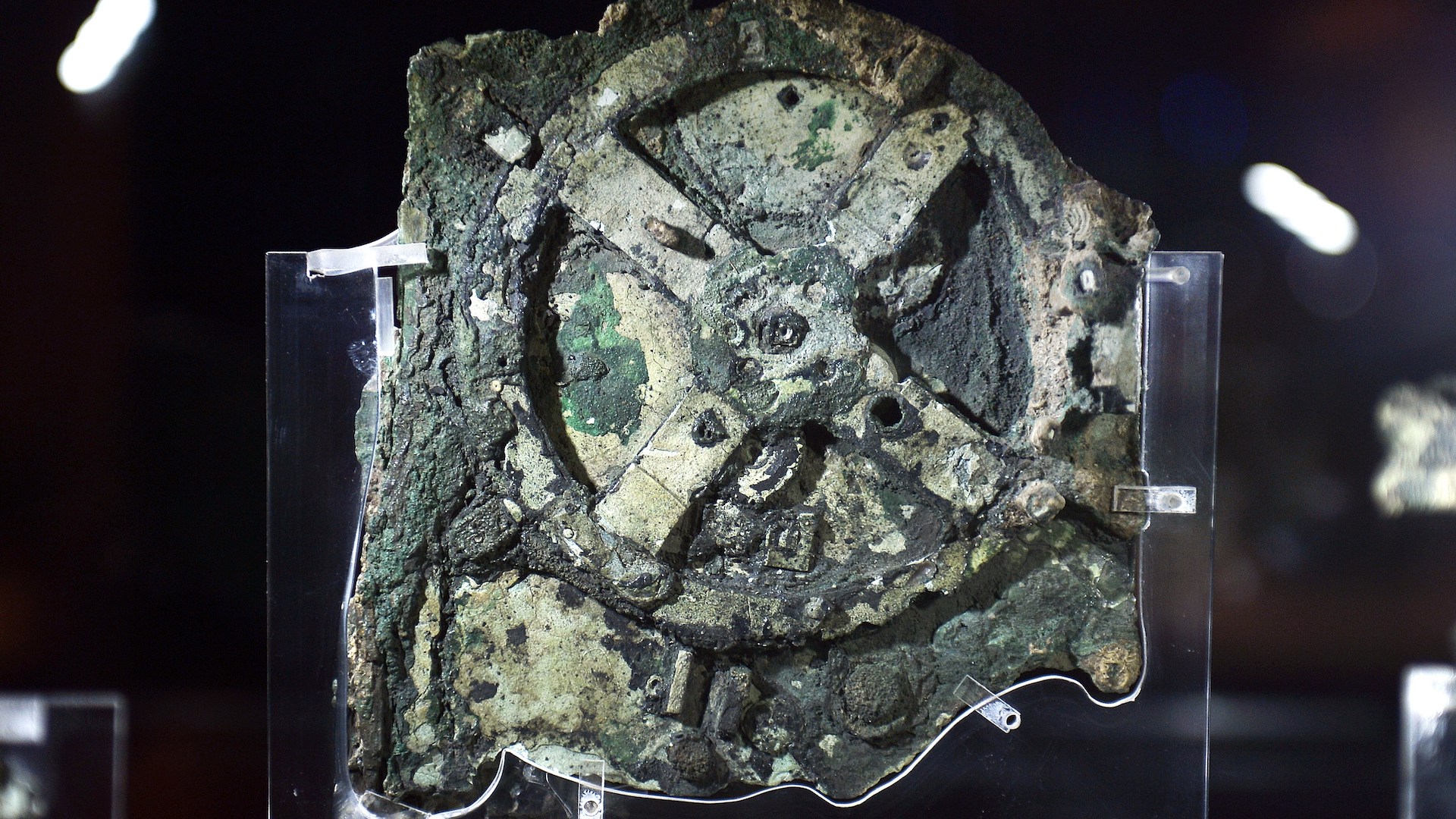
The mysterious Antikythera Mechanism may not have been a cryptic celestial measuring device, but just a toy prone to constant jamming. And the secret to its true purpose, according to new research, is its triangle-shaped teeth.
Discovered in a shipwreck in 1901, the Antikythera Mechanism has remained an enigma for more than a century. Several years ago, CT scans suggested that the 2,000-year-old device was an astronomical tool.
Consisting of a hand crank, many interlocking gears and various indicators, the Mechanism could seemingly perform many tasks. These include giving the date according to the Egyptian and Greek calendars, displaying the positions of the sun, moon and planets within the zodiac, and predicting future lunar and solar eclipses.
But was celestial measurement really the purpose of this fascinating device? Was it meant to be a powerful computer, or a simple toy? And was it a one-off, made for a wealthy patron, or just one example of a mass-produced tool?
For decades, researchers have attempted to understand how accurate the Mechanism is, as that would help resolve its intended purpose. If it wasn't very accurate, for example, then it might have been a toy or an educational model. But if it was incredibly precise, it might have been used by court astrologers to make forecasts and horoscopes.
Related: Antikythera mechanism, world's oldest computer, followed Greek lunar calendar
Unfortunately, the Antikythera Mechanism spent more than two millennia buried at the bottom of the sea, and an unknown amount of time functioning before that. Its gears are highly corroded, and many parts are missing.
Sign up for the Live Science daily newsletter now
Get the world’s most fascinating discoveries delivered straight to your inbox.
Triangles point the way
In the new study, submitted April 1 to the preprint server arXiv, Argentinian scientists created a computer simulation that replicated the Antikythera Mechanism's movements. This simulation incorporated errors from the imprecise nature of its manufacture, where the gears didn't have exact spacing between them.
Crucially, unlike previous efforts to recreate the Mechanism, the researchers also included an accurate model of the Mechanism's triangle-shaped gear teeth, which affect how well gears interlock with one another, and how well the indicators point to the intended astronomical target.
From this model, the researchers found that the Mechanism wasn't very useful at all. It could only be cranked to about four months into the future before it inevitably jammed, or its gears simply disengaged. The user would then have had to reset everything to get it going again — similar to trying to fix a modern printer. Considering that the indicators marking the date cover an entire year, this jamming problem seems unfortunate.
One possibility is that the Antikythera Mechanism was a fancy toy that was never intended to be fully accurate, or that it came with an instruction manual that required users to reset it after a few turns — much like a mechanical watch whose mainspring must be occasionally adjusted by hand.
But given the obvious craftmanship that went into creating such a complex device, the researchers don't believe that the Mechanism was just a janky toy. After all, if it was never intended to be accurate, detailed or forward-looking, why bother putting in all that hard work in the first place?
Another possibility, which the researchers think is more likely, is that current measurements of the gears and teeth are off. CT scans can only provide a certain level of resolution, and two thousand years of corrosion may have warped or distorted the components far beyond their original state. The Mechanism's original creators may have made it precise enough to avoid jamming and still provide reliable predictions for years into the future.
Either way, the Antikythera Mechanism represents the apex of ancient engineering expertise. And despite modern technology and tools such as CT scans, its ultimate purpose may stay forever mysterious.

Paul M. Sutter is a research professor in astrophysics at SUNY Stony Brook University and the Flatiron Institute in New York City. He regularly appears on TV and podcasts, including "Ask a Spaceman." He is the author of two books, "Your Place in the Universe" and "How to Die in Space," and is a regular contributor to Space.com, Live Science, and more. Paul received his PhD in Physics from the University of Illinois at Urbana-Champaign in 2011, and spent three years at the Paris Institute of Astrophysics, followed by a research fellowship in Trieste, Italy.
You must confirm your public display name before commenting
Please logout and then login again, you will then be prompted to enter your display name.

